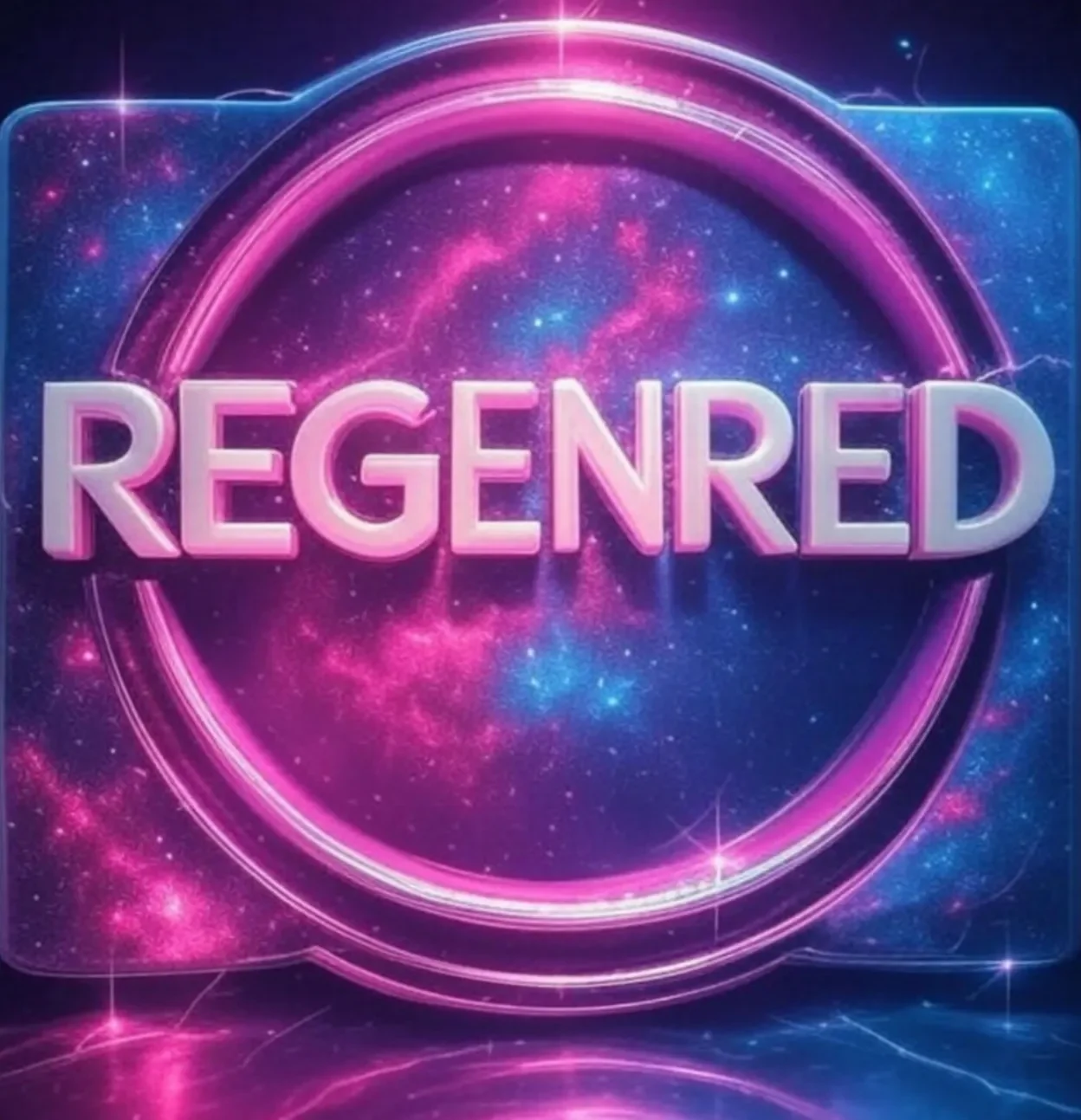Red Light Therapy: Benefits, How It Works, and What to Expect
If you’ve been searching for natural ways to improve your skin, reduce pain, or boost your overall wellness, you’ve probably come across red light therapy (RLT). It sounds futuristic, but the truth is this treatment has been studied for decades. From skincare clinics to home devices, people everywhere are talking about its results. But what exactly is red light therapy? Does it really work? And most importantly, is it safe? Let’s break it all down in a way that’s simple, science-backed, and easy to follow.
How Red Light Therapy Works
At its core, the therapy uses specific wavelengths of light (usually between 600-1000 nanometers) to penetrate your skin. Unlike UV light, which can damage skin, red and near-infrared light is safe and beneficial.
Here’s what happens when you use it:
Think of it as giving your body’s cells a little power-up. This is why it’s also called low-level laser therapy (LLLT) or photobiomodulation in scientific terms.
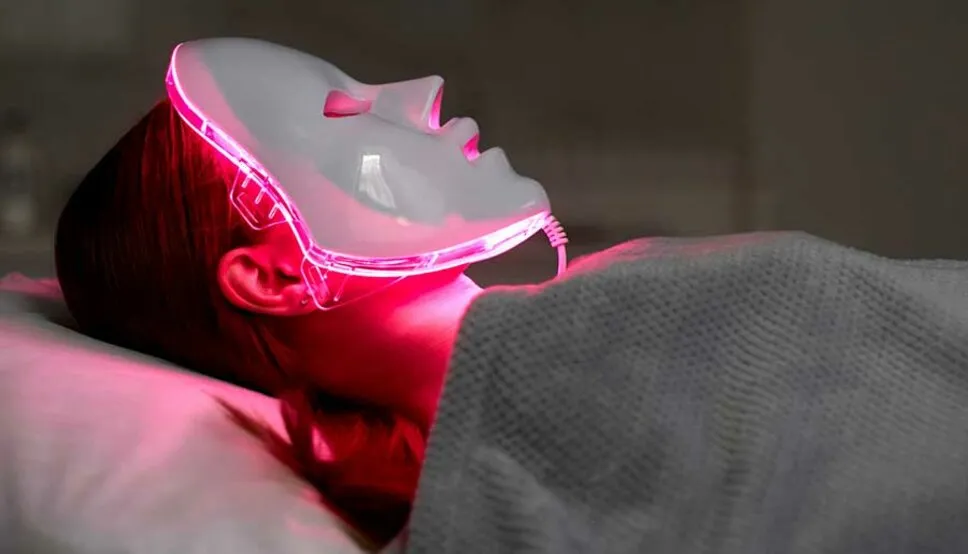
Red Light vs. Infrared Light
When people talk about red light therapy, they often include infrared light therapy in the same category, but they are slightly different and serve unique purposes.
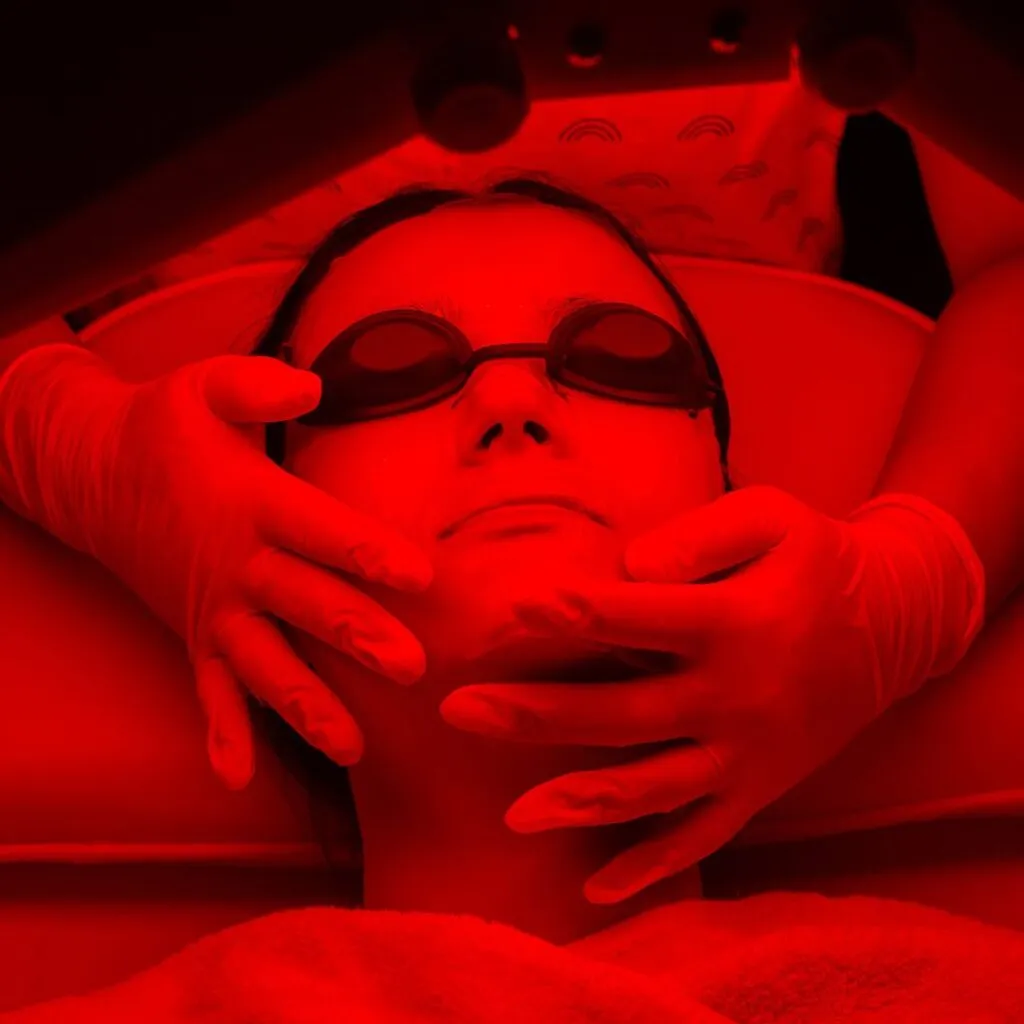
Red Light (around 630-660nm):
This type of light mainly targets the surface of the skin. It is excellent for improving skin texture, reducing acne, softening wrinkles, and fading scars. Since it does not penetrate very deep, red light is considered the go-to option for beauty and skincare treatments.
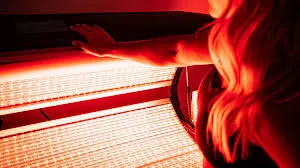
Near-Infrared Light (around 810-850nm):
Infrared wavelengths are invisible to the human eye but penetrate much deeper than red light. They reach muscles, joints, and even bone tissue. This makes them highly effective for pain relief, faster muscle recovery after workouts, reducing inflammation, and supporting healing for injuries or chronic conditions like arthritis.
When combined, red and near-infrared light therapy can give you the best of both worlds: surface-level skin improvements along with deeper tissue healing. Many high-quality devices now include dual wavelengths to maximize overall benefits.
Red Light Therapy Benefits
This is where things get exciting. Research shows a wide range of benefits.

Skin Health & Anti-Aging

Pain Relief/Inflammation

Hair Growth

General Wellness
While it’s not a miracle cure, many studies confirm that consistent use can bring visible improvements.
Red Light Therapy Before and After Results
One of the most common questions people ask is what kind of results they can expect from this therapy. For skin concerns, many users notice a healthier glow within just a few weeks, while deeper improvements such as reduced wrinkles or fading scars usually require eight to twelve weeks of consistent sessions. When it comes to pain relief, some individuals report feeling less soreness after only a few treatments, although chronic pain often improves more gradually over time.
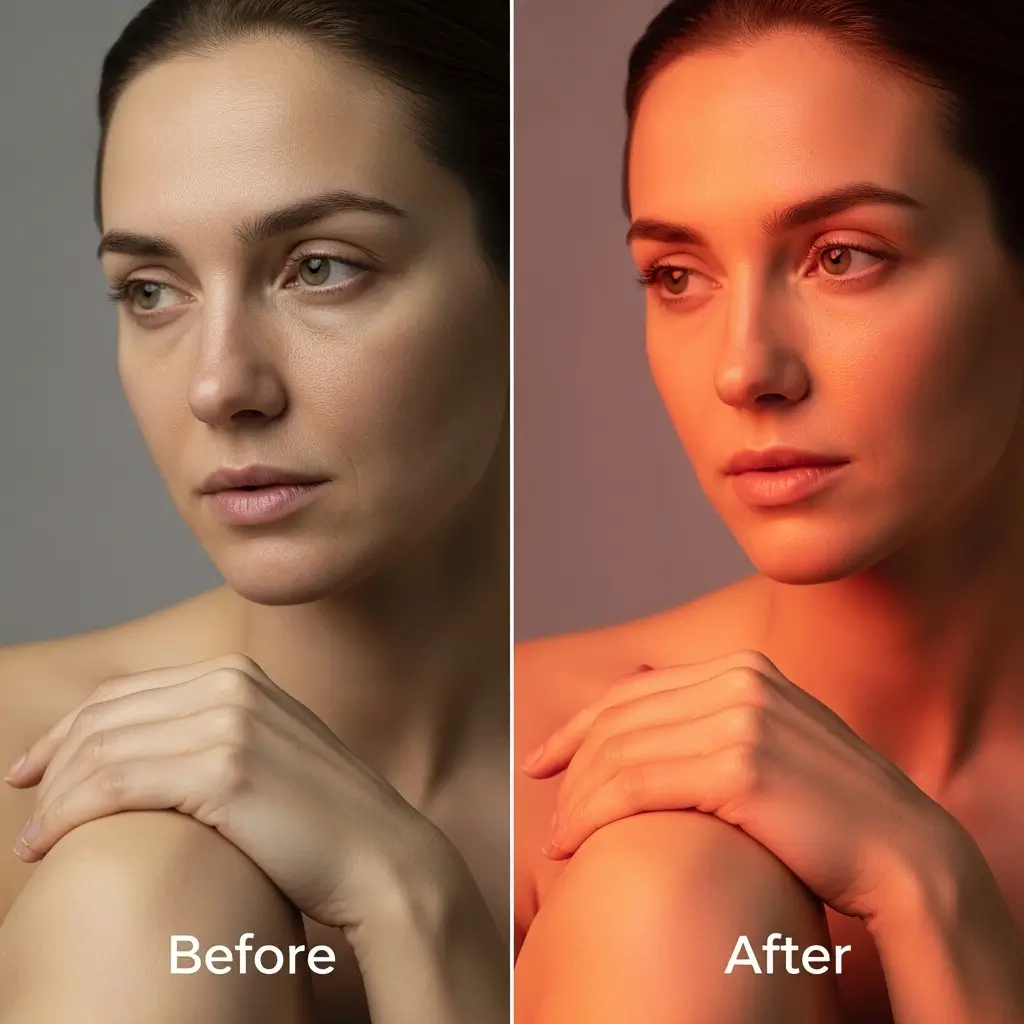
Hair growth results take longer, often several months, since hair naturally grows at a slow pace. While before-and-after photos online may look dramatic, it is important to remember that results vary depending on your condition, how consistently you use the therapy, and the quality of the device you choose.
Red Light Therapy at Home vs. Professional Clinics
At Home Devices
- Portable masks, lamps, bed or panels.
- Great for skincare and daily use.
- More affordable long term, but results depend on device strength.
Professional Clinics or Spas
- Stronger devices with medical-grade intensity.
- Great for pain relief, injury recovery, and advanced skin treatments.
- More expensive per session.
If you’re new, starting with a home device is a great way to try it out.
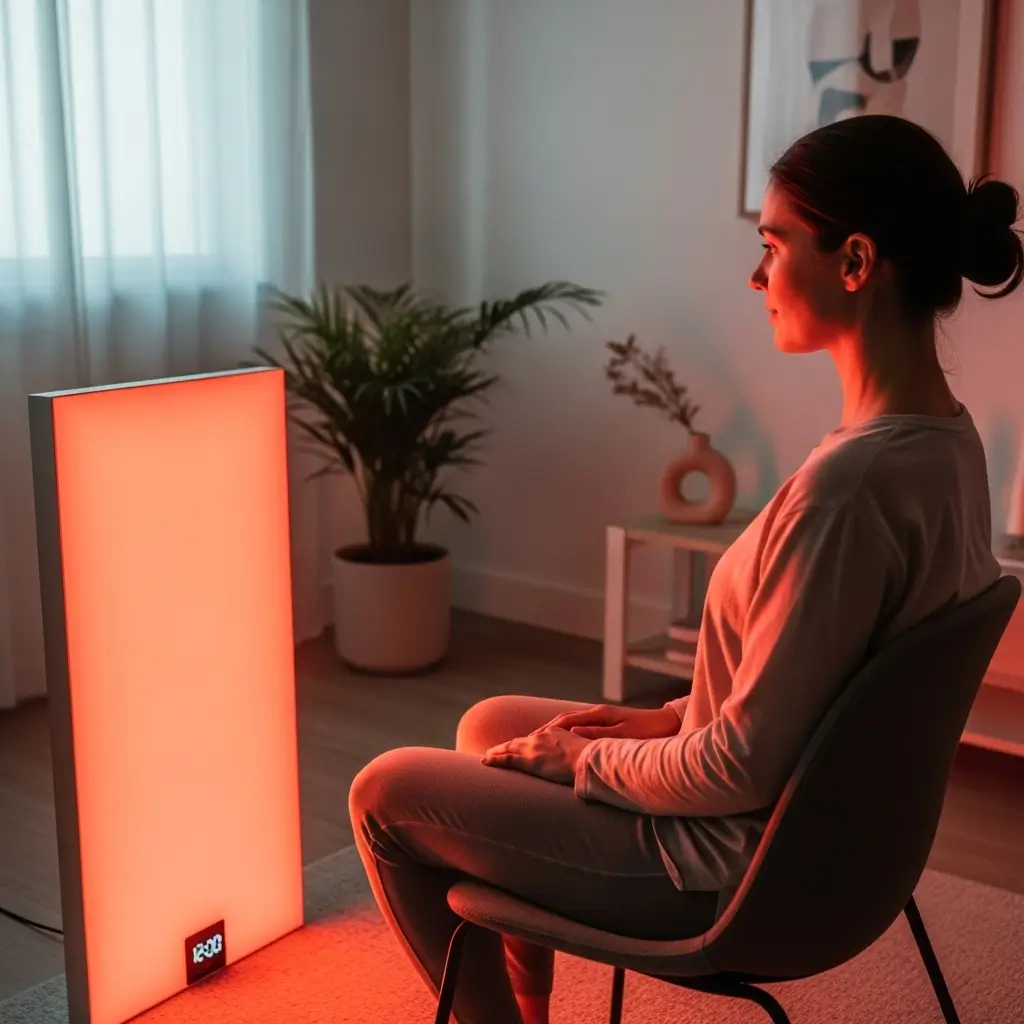
Methods and Usage Guide
So, how do you actually use red light therapy at home? The first step is choosing the right device. Larger panels are great if you want to treat big areas of the body, while smaller lamps or masks work well for the face. Once you have your device, positioning matters. Unlike blue light therapy, which is often used for acne and typically targets more superficial layers of the skin, red light therapy penetrates deeper, so getting the right distance and angle can make a difference in results.
Most manufacturers recommend keeping it about six to twelve inches away from your skin to get the best effect. Each session typically lasts between ten and twenty minutes per area, which makes it easy to fit into a daily routine. Just remember, consistency is what delivers real results. Using this therapy three to five times a week gives your body the steady exposure it needs for visible improvements over time.
Pro tip: Always clean your skin before using it, and consider protective eyewear if your device is very bright.
Therapy for Specific Concerns
Let’s look at how RLT can be applied to different needs:
Safety, Side Effects, and Precautions
Now the big question: Is red light therapy safe? The good news: yes, it’s generally considered safe with no major side effects when used properly.
Possible minor issues include:
- Temporary redness or dryness of skin.
- Eye strain if used too close without protection.
Who should avoid it:
- Pregnant women (better to consult a doctor).
- People with photosensitive conditions.
- Anyone taking medication that increases light sensitivity.
Pros
Cons
Choosing the Best Therapy Devices
Not all devices are created equal. When shopping, look for:
- Wavelengths: 630–660nm (red) and 810–850nm (near-infrared) are best.
- Power output: Higher wattage = deeper penetration.
- Coverage area: Larger panels save time if treating the body.
- Safety certifications: Look for FDA-cleared devices.
Popular options include red light therapy masks for face and infrared light panels for whole-body benefits.
Conclusion
So, after all this, does it actually work? The answer is yes, red light therapy really works, but it’s not a magic bullet. If you’re looking for healthier skin, pain relief, or faster recovery, it can be a game changer. Just remember, consistency and patience are key.
Like any treatment, it’s best used as part of an overall healthy lifestyle. And if you have a medical condition, always check with your doctor first.
FAQs
1. How long does this therapy take to work?
Most people see improvements in 4-8 weeks of consistent use.
2. Can I use red light therapy every day?
Yes, daily use is safe, but 3-5 sessions per week are usually enough.
3. Is it FDA-approved?
Yes, many devices are FDA-cleared for specific uses like pain relief and skincare.
4. Does it help with wrinkles?
Yes, it stimulates collagen, which helps reduce fine lines over time.
5. What’s the difference between red light and infrared therapy?
Red light works on the skin’s surface, while near-infrared penetrates deeper into muscles and joints.
